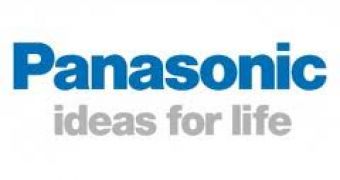With the more and more countries employing legislation for e-waste recycling, IT companies have to find ways to comply, including with Europe’s WEEE directive. Failure to meet the requirements could led to costly fees, competitive disadvantage or brand damage.
Panasonic is one of the manufacturers aware of the need of a corporate compliance with environmental regulations, and uses SAP to do so. With 50 different electronics recycling compliance laws in areas where it operates, Panasonic has a hard job.
The new Recycling Administration software helps reduce both recycling and operational costs, helping Panasonic to classify recyclable materials by type, weight, usage, destination, brand and category.
The software is tightly integrated with the enterprise resource planning (ERP) application SAP ERP to support countries with different and evolving compliance requirements, and to offer a central data repository to address regulatory requirements.
"With SAP Recycling Administration, we could improve the recycling data management process significantly - representing a 50 percent time savings across 18 countries and 50 different compliance schemes," said Thomas Knopp, environmental project manager, Panasonic Europe.
"The application also allows us to generate more accurate calculations of product net weight, the basis for recycling charges per the WEEE Directive, and consequently has reduced recycling costs by 15 percent, which adds up to millions of dollars every year," added Knopp.
This is part of Panasonic’s corporate strategy to become the No. 1 green innovation company in the electronics industry by 2018.
Earlier this year, Panasonic joined Sharp Electronics Corporation and Toshiba America Information Systems Company to create the Electronic Manufacturers Recycling Management Company LLC.
The company currently supports over 1,200 recycling drop-off locations and has recycled over 30,000,000 pounds of end-of-life electronic products. The company announced plans earlier this year to achieve at least 1600 convenient sites by 2012.

 14 DAY TRIAL //
14 DAY TRIAL //